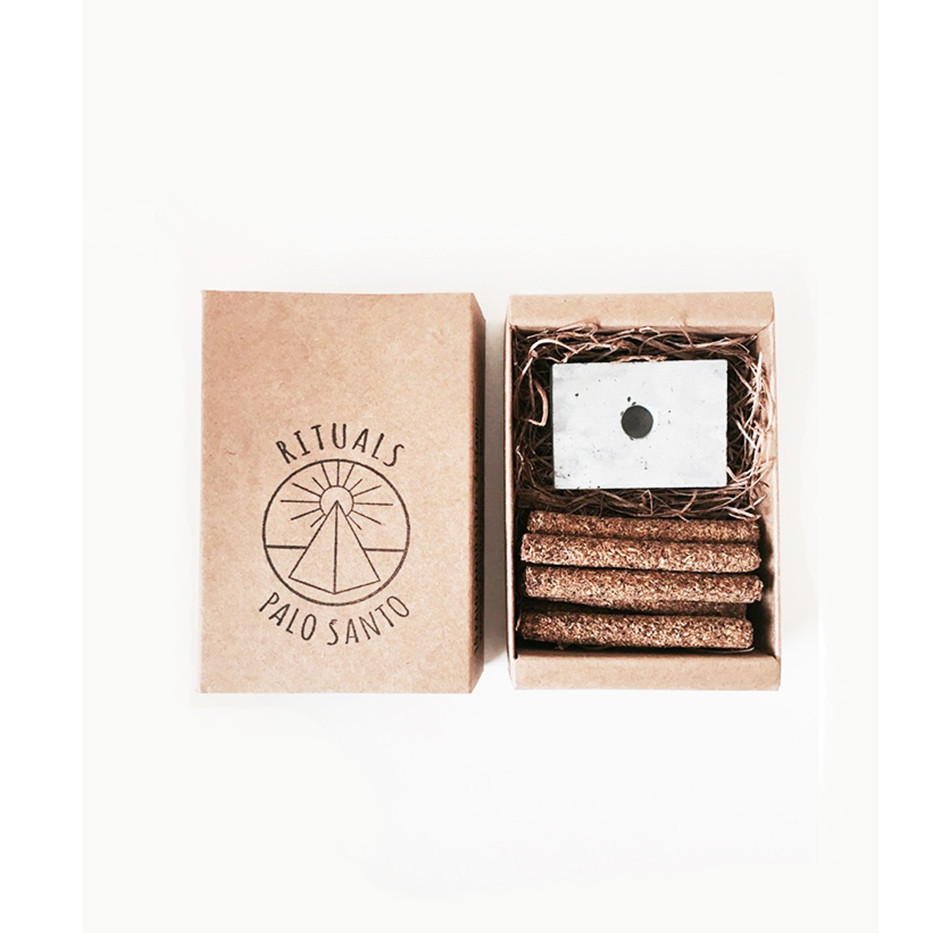This Wellness Expert "Diagnosed" Me Just By Looking at a Selfie


I've soaked in the good vibrations of several sound baths; my home is scattered with healing crystals. But when I was invited to try a session with energy healer Carolyn Harrington, even I had to raise a skeptical eyebrow. It wasn't necessarily the idea of someone mapping out my personal "energy field" that gave me pause—it was more so the fact that Harrington would be doing so not in person, but just by looking at my photo.
I couldn't help but address this anomaly straight away when I connected with Harrington over the phone for my consultation and was immediately struck by her matter-of-fact demeanor. Her background is in science and technology, a fascinating (and somewhat refreshing) departure from the more woo-woo-leaning crowd that generally dominates Los Angeles's wellness scene. "I'm a software engineer by trade, so the research and science is really something I love," she says.
What's more interesting still is just how long she's been doing it. Alternative wellness is only just beginning to touch the mainstream, yet Harrington traces her foray into the more unconventional profession of energy healing back 20 years to her daughter's infancy. After her baby had a series of heart surgeries and Harrington herself was diagnosed with severe rheumatoid arthritis around the same time, she began to voraciously read up on natural and alternative healing methods to complement the more modern treatments she and her daughter were undergoing. "I really had to boost her immune system," she says. "It became my passion. I got certified in natural healing techniques and learned as much as I could. And it turned out that I really have a knack for it."
One of the healing methods that piqued her interest most was something called Total Body Analysis, an advanced form of applied kinesiology also known as muscle testing. "We are energy beings—we have energy going through our bodies all the time," Harrington explains. "If energy is allowed to flow without anything hindering it, we would be in perfect health." Instead, anything from toxins to a bad diet or even our thoughts can disrupt this energy flow. These disruptions can then be detected by a skilled energy reader like Harrington, which in turn might lead to a diagnosis, allowing the patient to restore balance again.
But the question still remained—how would Harrington be able to pick up these vibrations just by looking at the photo I sent her? Keep scrolling to see how the whole experience played out, from reading to diagnosis to aftermath.
HOW IT WORKS
Harrington likens the technique to a polygraph machine. "When you say the truth, the handle on that machine goes one way, and if you tell a lie, it will go another way. They're looking for that difference in that energy, the obstruction of energy, and that's how they can tell when they ask you a question whether you're lying or not," she told me at the beginning of our consultation, adding that eventually, those who are skilled in polygraph testing no longer need the machine in order to tell if someone is lying—and that's the essence of how she can do an energy reading just by looking at a photo, like the one I sent her (seen above).
"Usually I'm touching the person when I test them," she said of the applied kinesiology technique. "If I put something against your body that's positive, that's good for you; that's health-promoting; the energy is allowed to flow and your muscle will stay strong. If I put something in contact with you that would make you go weak, then it means it disrupted your energy, so your muscle goes weak, and I can see that. You get very good at it, and they can stand on the other side of the room. Then, you get even better at it, and they can be anywhere on the whole planet." All she needs, she said, is something with the "essence" of my energy. "It could have been an article of clothing of yours. It could actually be your voice—if we were sitting here talking, I could do it because then I could really hone in on you. I really need to concentrate on you when I do it."
While observing my photo (and talking with me), she looked for disruptions in my energy flow by consulting with a system of 700 vials of water, each designated with a different "energy signature"—one represents the liver, for example, while another is specific to the ears. It's a concept that is similar to that of acupuncture and traditional Chinese medicine, in which different meridians—pressure points along the body—are energetically connected to our organs.
"[The vials] really get down to minute levels," says Harrington. "It's not just your liver—it's all the intricacies of the liver. Then I have a bunch of vials for any nutritional elements, all your vitamins, minerals, all your allergies, your amino acids. Then, there's a set for disease-causing agents; all your viruses, bacterias, and fungus, and chemicals, and things like that. Then, I have a small grouping for emotions because they play such a large role into your health. I pull them all together, and it tells your story."
Harrington was quick to clarify that my "diagnosis" is more of a collaborative effort than a list of what's specifically ailing me. "I like to think of our health as an onion," she explained. "As you grow older, you keep layering layers and layers of diseases and stressful situations on top of you. I'm not a doctor—I can't say 'you have diabetes' or 'you have heart disease.' I can say that I'm seeing an energetic weakness in your pancreas. We're just pulling back these layers of disease, which are more like barriers to healing."
And with that, Harrington dove into the specifics of my reading—and that's when things took a turn for the eerie.
THE READING
Any skepticism that remained quickly dissolved when Harrington basically summed up my entire existence with the first sentence of her evaluation. "Your emotions definitely get in the way," she said. (Don't I know it.) Then, she got more specific: "It's part of your spleen that's testing the [weakest] right now." And I immediately knew just how on point she was because two different acupuncturists I've worked with over the years have mentioned my spleen as one of my primary imbalances as well. Could that possibly be a coincidence?
"To me, that's saying your immune system isn't as strong as it could be," Harrington continued. "The reason why is because of an emotion, and that emotion can be described as assertive and inflexible. It's getting in the way of your spleen functioning optimally."
Assertive and inflexible? I thought to myself, a little incredulously—and as if I had uttered the thought aloud, Harrington responded. "It doesn't seem like it's so much you. It seems like it's someone else near you," she said, explaining that we often receive and internalize emotional output as our own. (That's why it can be difficult for highly sensitive people like me to differentiate between our own feelings and those that other people project onto us.)
"In this case," she said, "The person is someone—in your present or your past—who dominates others. Whoever this person is, they think they know better than anyone else; they override anyone else's wishes and opinions and expect absolute obedience." Harrington clarifies that these are extreme defining traits, but that the person in question might demonstrate them to any degree, small or large. But I already knew exactly who she was talking about because years later, it's still the toxic voice that sits at the back of my mind; the most dangerous self-criticism that tends to resurface when I least expect it. Clearly, it's calcified hurt—one of those layers that Harrington spoke of earlier.
When I detailed the specifics of that experience to Harrington, she concurred that this fossilized negativity is still manifesting itself in my spleen. Then, a slightly random question: "Did you eat a lot of soy back then?" she asked. I did, I said, and elaborated that interestingly enough, I stopped eating it for hormonal reasons until very recently—I just started cooking with tofu again a few weeks before our consultation. "You're actually still very sensitive to it," she said. "It's an emotional sensitivity—you were eating it while you were having problems with this person, and your brain mixes it up and says, 'Oh my god, I don't like eating this stuff because every time I do, I have these residual emotions that are assertive and inflexible.'"
While she advised me to cut soy out for the time being, she reassured me that it's not a forever kind of deal—good news for this tofu-loving vegan. "After a while, you'll be able to add it back in small amounts to see how much you can tolerate," she said. Meanwhile, I sat on the other end of the phone line, unable to conceal the flabbergasted look on my face. I had never considered the intricacies of my emotional connection to the specific foods I eat on a daily basis, let alone how this might impact my physical health.
But Harrington wasn't finished. "The second thing that's coming up is something with your spinal cord," she said. "Every communication that goes through your whole body goes through the spinal cord, so if you have any pinching or weakness there, it's going to deal with different parts of your body. In this case, it's the fibers that transmit impulses having to do with your equilibrium and your sense of hearing. It looks as though it's a fungus, and it's near your ear."
This weakness also had a very specific connection to food. "There's a sensitivity to a seed—chia seeds," she said, before elaborating—once again—on parts of my life story that she should have had no way of knowing anything about. "This seems like it's more you than somebody else," she said. "There's this feeling of inferiority; you secretly know that you have all this ability, but you sometimes ignore it for risk of failure. And this is affecting your spinal cord, which is manifesting in these food sensitivities."
THE "PRESCRIPTION"
Even if I gave into my most cynical inner voice—the contrarian who insisted that everything Harrington was saying could be coincidence or that it might abstractly apply to just about anyone—I still wouldn't be able to deny that our discussion was forcing me to reconsider all the little, psychosomatic things that might be throwing me slightly off balance. At the very least, it was a much-needed check-in with the inner demons that I ignored too regularly and a reminder that I couldn't just will them away—our bodies and minds are so complex and intertwined; those emotions would find a way to resurface in some form.
And so, while addressing the foods that I should consider avoiding was helpful, the advice that resonated with me most was Harrington's insistence that I continue to focus on self-care—and here, yet again, she proved uncannily prescient. "I was thinking about what else can help you find balance in general, and one thing I'm getting is that reading brings you a lot of joy, and you've been too busy to enjoy it lately," she said. Correct again: The stacks of untouched books in my apartment are a constant reminder that I have neglected one of my lifelong pleasures over the past several months. As Harrington and I said our goodbyes, I silently resolved to stop making a busy work schedule my chief excuse: If I had time to watch the entirety of Big Little Lies, I could certainly make time to read a few times a week.
HOW TO ENERGY HEAL AT HOME
"It's ridiculously easy," replied Harrington when I asked how anyone might try engaging in this method without consulting a professional. "It's like drawing: Anyone can draw, but not everyone's an artist. It's the same with energy healing." Essentially, it's about taking the time to key in on your emotional health and checking in on your mental and physical health on a daily basis—even if something doesn't feel particularly out of whack.
"I believe that every disease starts with an emotion, right from the beginning," she said. And with time and practice—maybe journaling to keep tabs on any imbalances, or just engaging in any other self-care rituals to stay engaged with yourself—you naturally become more intuitive to what your mind and body needs.
"In your regard, if you can deal with these emotions now, it's very preventative, and maybe you won't have to deal with [correlating] physical conditions in the future," said Harrington. "It's a reminder to address a stressful situation now because otherwise it's going to resurface in the future. If you take care of it now, you have a better chance of staying healthier for longer." And if that means tempering my tofu intake in the meantime, then so be it.
Next up, read about what it's really like inside a sensory deprivation tank.
This article is provided for informational purposes only and is not intended to be used in the place of advice of your physician or other medical professionals. You should always consult with your doctor or healthcare provider first with any health-related questions.



